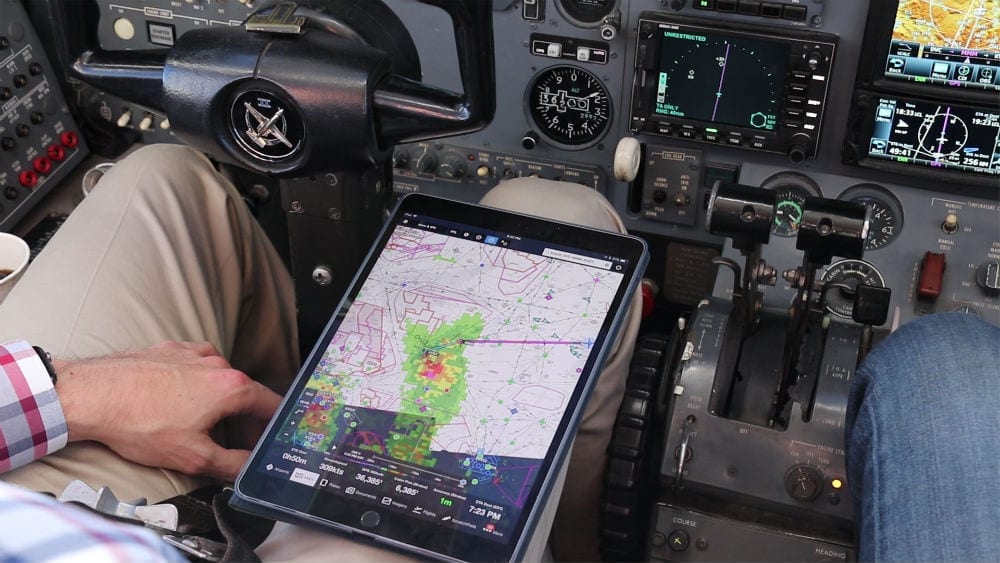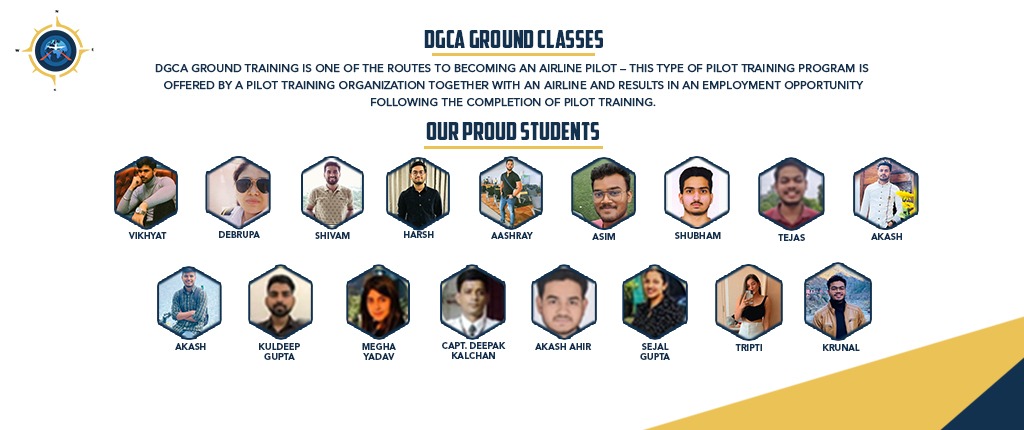Introduction:
The Pilot training academy is at the forefront of innovation in an era driven by rapid technical breakthroughs. One area where technology has made a significant impact is in pilot education. As the digital world progresses, traditional methods give way to cutting-edge technology that not only improve learning but also contribute to safer and more efficient aviation procedures.
1. Simulation Training: A Paradigm Shift
The days of classroom lectures and in-flight instruction for pilots are long gone. Aspiring pilots today benefit greatly from cutting-edge flight simulation technologies. These high-fidelity simulators reproduce realistic flying situations, allowing trainees to practice and refine their skills in a safe environment. This not only saves money on training but also ensures that pilots are more equipped for real-world challenges.
2. Augmented Reality in Cockpit Training
Augmented Reality (AR) has transformed cockpit training by delivering immersive and interactive experiences to pilots. AR superimposes digital information on the real-world environment, allowing pilots to access important data while remaining focused on the task at hand. AR improves situational awareness and contributes to safer flights by providing navigation cues and weather updates.
3. E-Learning Platforms: Anytime, Anywhere Learning
The introduction of e-learning platforms has changed pilot instruction into a flexible and accessible undertaking. Pilots can access a multitude of instructional materials at their own pace through online courses. This not only supports different learning methods, but also provides for continuing training and updates throughout a pilot’s career. The capacity to learn at any time and from any location is a game changer in the dynamic industry of aviation.
4. Big Data Analytics for Performance Monitoring
Technology has permitted the collecting and analysis of massive volumes of data, and this is no exception in aviation training. Big data analytics are being used to track pilot performance, identify areas for improvement, and increase overall safety. Real-time data input allows for tailored training programs, guaranteeing that each pilot receives specific instruction to improve their skills and decision-making abilities.
5. Remote Pilot Training and Collaboration
The digital age has made remote learning and cooperation possible, which has been a tremendous boon to pilot education. Pilots can now participate in virtual classrooms, discuss with instructors and fellow students remotely, and even fly in simulated flights from various locations. This not only increases access to education, but it also fosters a worldwide perspective within the aviation sector.
Conclusion:
As technology advances, the impact on pilot education grows more substantial. Embracing the digital era has not only increased the efficiency of training programs, but has also resulted in a safer and more skilled pilot workforce. Aviation training is at the crossroads of history and innovation, with technology playing an important role in developing the next generation of pilots. As we fly forward, the incorporation of technology in pilot education is poised to reshape the skies and propel aviation to new heights.



